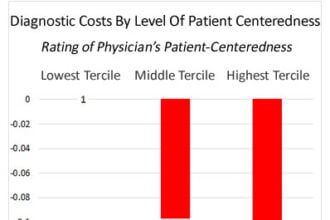 Summary: Accountable Care Organizations (ACOs) are gaining in popularity as a result of the ACA.
Summary: Accountable Care Organizations (ACOs) are gaining in popularity as a result of the ACA.
 Summary: Accountable Care Organizations (ACOs) are gaining in popularity as a result of the ACA.
Summary: Accountable Care Organizations (ACOs) are gaining in popularity as a result of the ACA.
ACO Expansion
Accountable Care Organizations began forming in the last quarter of 2010. Growth has been steadily increasing with roughly 30-40 new ACOs forming each quarter. This trend continued to pick up pace with huge upswings in ACO creation occurring towards the end of 2012 and the end of 2013. This change was brought on, in part, by the nations new mindset of reform when it comes to healthcare and is an example of how organizations are experimenting with new healthcare models to rein in costs and create a sustainable, affordable healthcare system to serve all. After 3 years, a total of 606 ACOs have been formed, including both Medicare and Medicaid specialized organizations. Leading the pack by number of ACOs per state is California with 58, followed closely by Florida with 55. At the conclusion of 2013, ACOs are now in all states including the District of Columbia.
ACOs – A Shift in Mindset
The move toward ACOs is a result of the Affordable Care Act (ACA). The ACA is focused upon achieving better patient quality outcomes, in more efficient ways, while reducing healthcare costs. The ultimate goal and painful transition is from fee-for-service to fee-for-value, shifting from volume to value and quantity to quality. This shift requires organizations to change corporate culture, increase coordination of care, and embark on infrastructure changes, just to name a few. This change cannot happen overnight. As such, the ACA has provided stepping stones in the pursuit of pay-for-value in the form of new delivery systems such as bundled payments and Accountable Care Organizations. Implementing these new delivery systems can be very cumbersome.
Different Approaches to ACOs
There are many different ACO models, and nomenclatures. ACOs can take on different names in different states such as Coordinated Care Organizations (CCOs) or Care Coordination Entities (CCEs). Some states are piloting 3 year demonstrations, while others are making a more permanent transition. The approach to cost savings can also vary depending on the state. Some states are reimbursing based on quality measures while other states are reimbursing based on cost reduction, while others are using a combination approach.







